

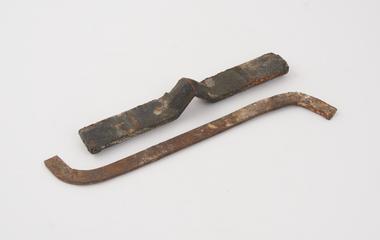
Cavity wall ties (2) from Reddish Conservative Club
1880
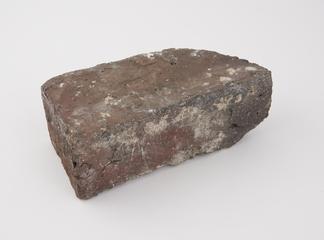
Bullnose brick
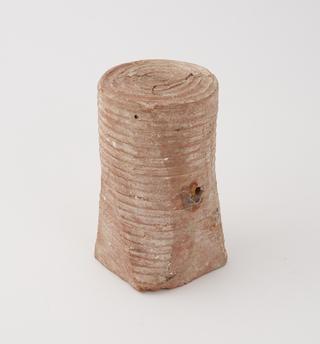
Hollow clay tile, from R.A.F. Stanmore Park, 1800
1800
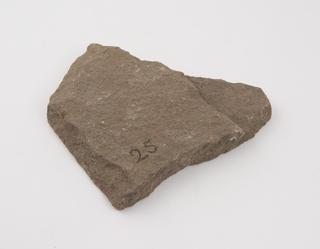
Part of Roman villa roofing tile, Cirencester

Stone from old St. Paul’s Cathedral (built from 1087 to 1314)

Specimen of concrete from a Persian bridge

Specimen of Roman concretes and mortars
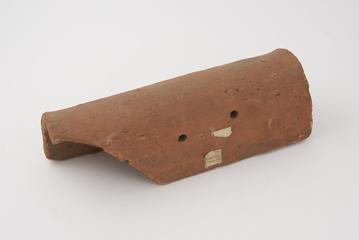
Sample, of Roman hypocaust tile

Sliver of hardwood from Leicester Hospital, Warwick

Sample of concrete, from Sassanian Dam, 600 A.D
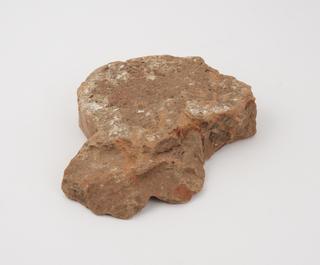
Specimen, of Roman Villa wall tile

Mathematical Tile, from Sussex

Mathematical Tile, from Sussex

Specimens (2) of sand-pebble dashed mortar. Old Parish church

Three fragments of stone from St. Pauls Cathedral
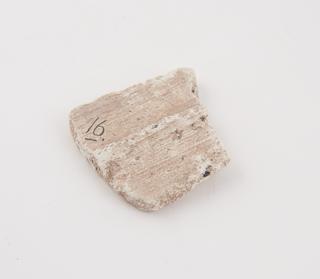
Sample of wall plaster, Exeter, 1500-1599
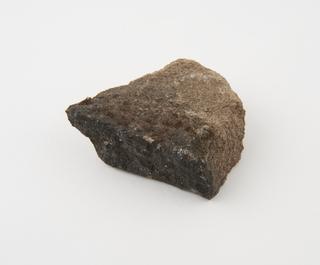
Stone from "vitrified fort" at Finavon, Scotland

Plastering on slate, in display cabinet, from 'Greenmount', Manchester
1870

2" Tudor bricks (2), from a farmhouse, Horton Kirby, Kent

Specimens (4) of decorated wall plaster

Clay pot, for vault construction
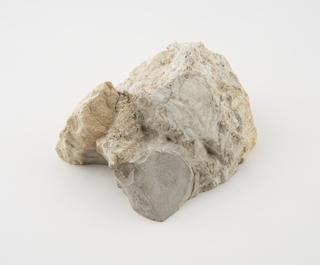
Specimen of stone from old St. Pauls Cathedral
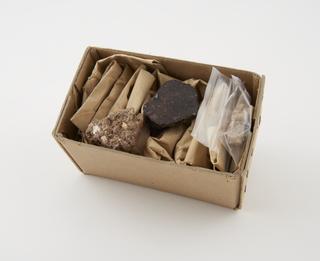
Resin impregnated mortars, Exeter and Farnham, c.300

Specimen of Roman concretes and mortars
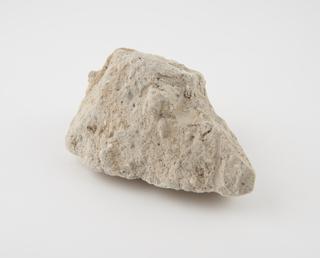
Concrete from Sassanian Dam, ostensibly c.600 A.D, Persia

Sample of wall plaster, Exeter, 1500-1599

Specimen of Roman concrete
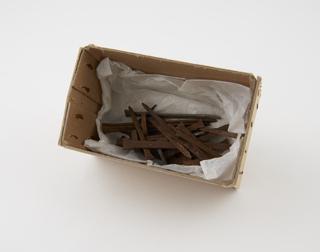
Brad for holding slates in ceiling construction, 1870

Sample, of Roman roofing tile
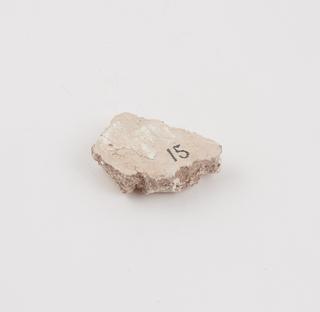
Sample of wall plaster, Exeter, 1500-1599
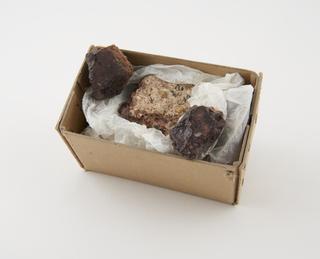
Seventeen samples of floor structure, 1838, Leicestershire

Stone from St. Pauls Cathedral, (pink discolouration caused by the Great Fire, 1666)

Pink stone taken from old St. Paul’s Cathedral
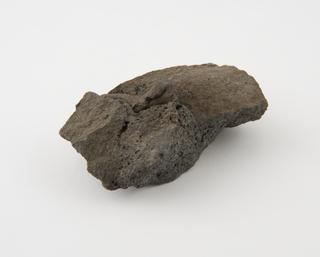
Stone from "vitrified fort" at Finavon, Scotland

Specimen of Roman slaking pit concrete

Roman Concrete Sample

Mortar, from Brandon castle

Lime Concrete Floor Specimen, early 19th century, Leicestershire

Sample of wall plaster, Exeter, 1500-1599
Stone from St. Paul's Cathedral
Samples of reinforcement
1860
Painted Greek tile from the 5th-3rd century B.C
Specimen of Roman mortar
Concrete from Sassanian Dam, ostensibly c.600 A.D, Persia
Specimens (24) of Roman concretes and mortars
Four pieces of 12th century concrete
1101-1200
Red clay land drain from Maison Dieu
1601-1630